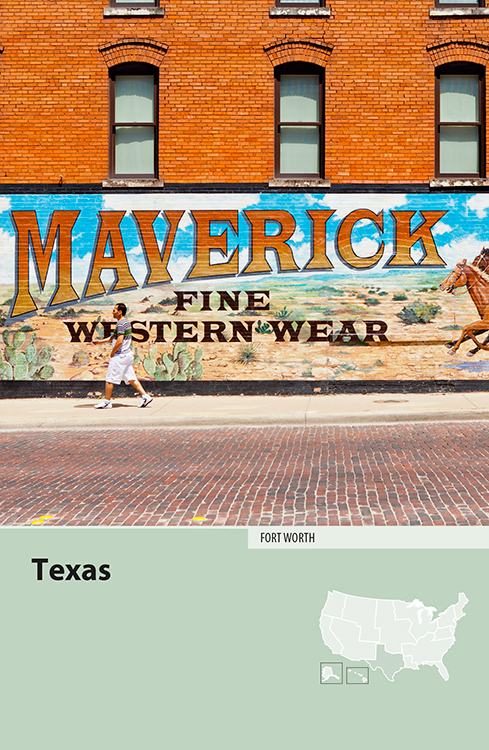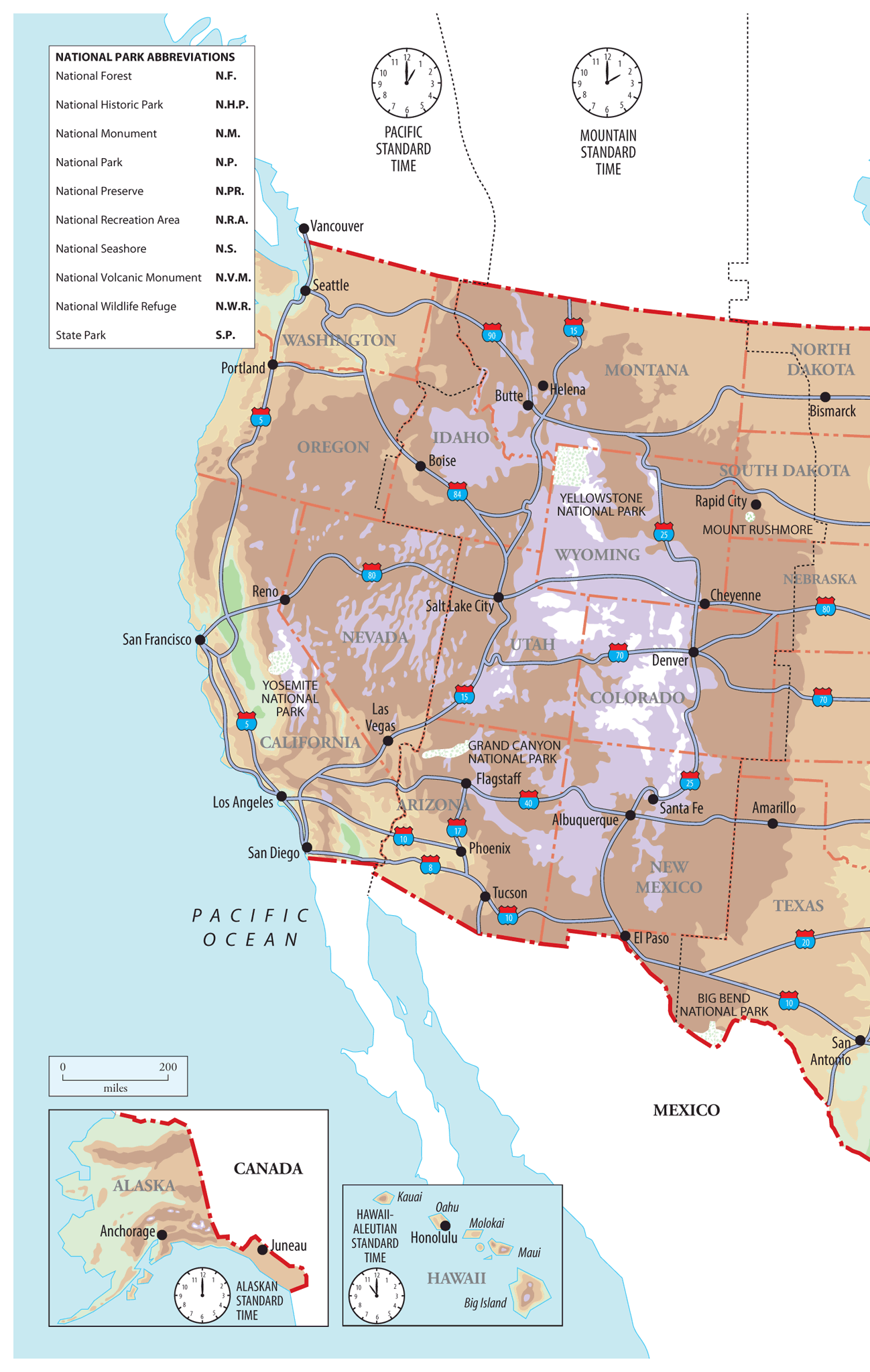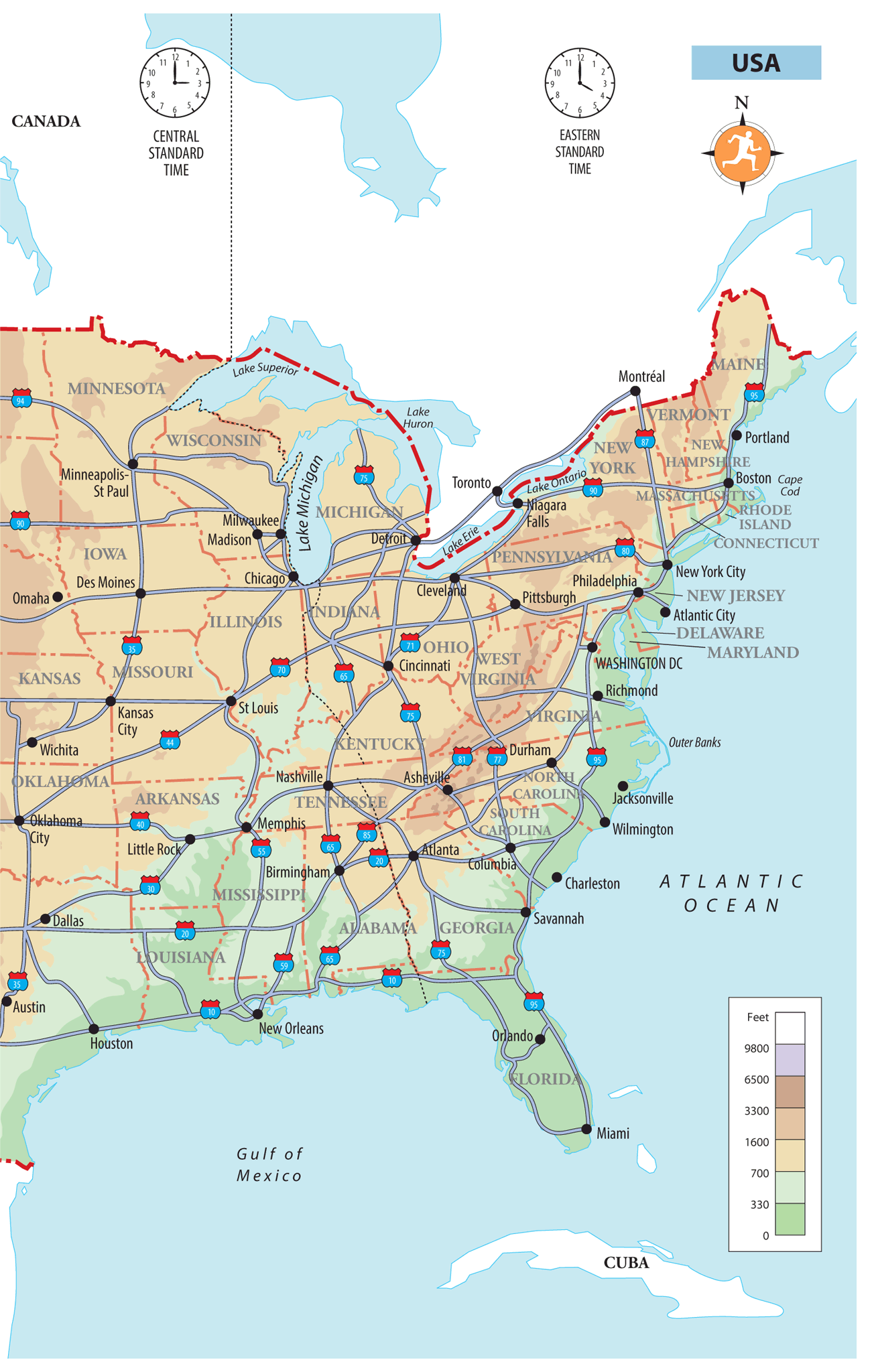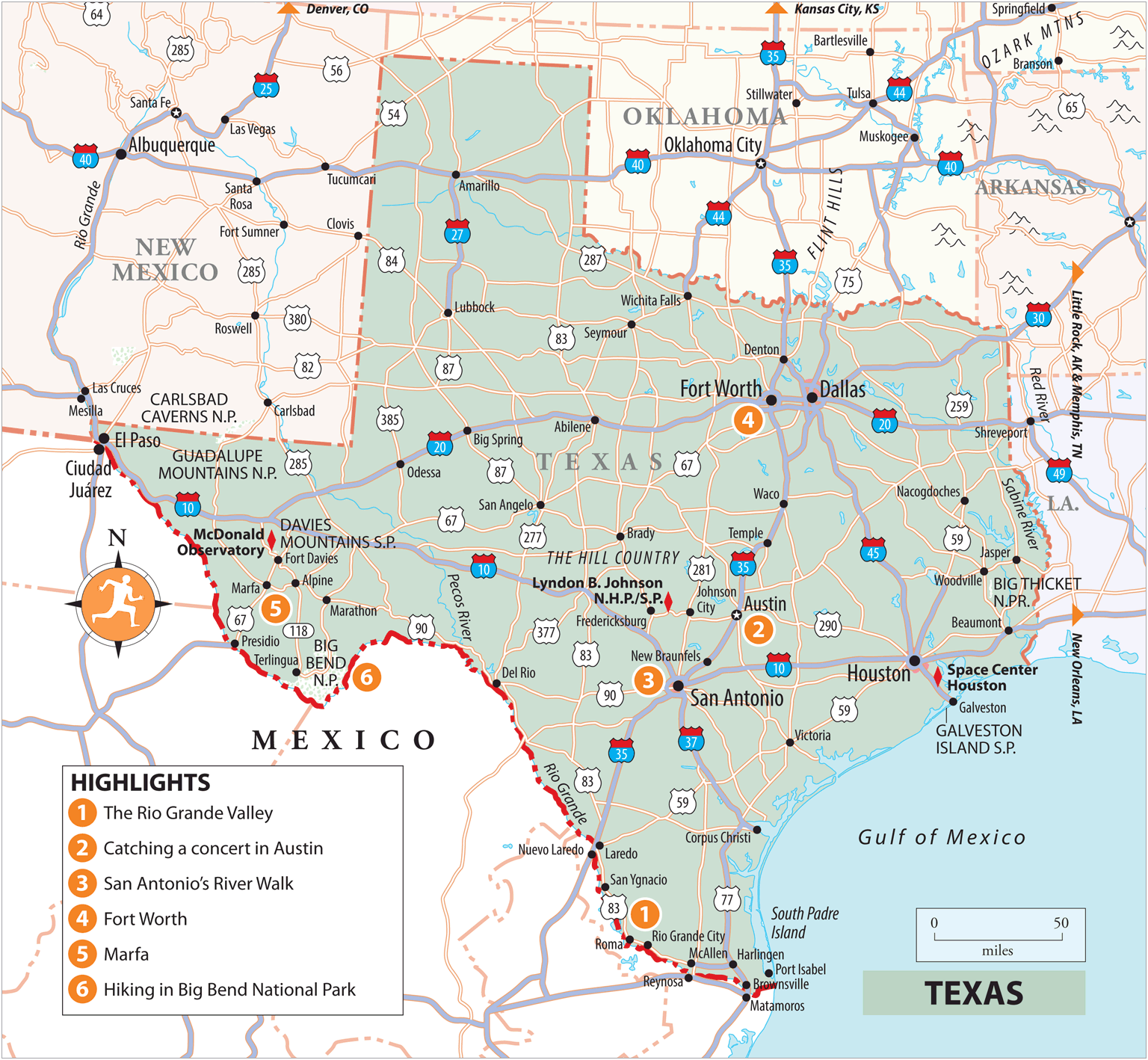INTRODUCTION TO TEXAS
Still cherishing its heritage as an independent nation which it was from 1836 to 1845 Texas stands proudly apart from the rest of the USA. While the sheer size of the state 700 miles from east to west and more than 800 from top to bottom gives it great geographical diversity, its 27 million residents are firmly bound together by a shared history and culture. Though the fervent state pride on show just about everywhere might seem a touch extreme to outsiders, Texas undeniably has a lot going for it.
The coastline of Texas curves southward more than 350 miles from Port Arthur on the Louisiana border (a petrochemical town and birthplace of Janis Joplin) to the delta of the Rio Grande, which snakes northwest to form a 900-mile natural border with Mexico. Encompassed in this eastern section of the state is an interesting mix of big-city life and rural, backwoods culture.
The swampy, forested east is more like Louisiana than the pretty Hill Country or the agricultural plains of the northern Panhandle , while the tropical Gulf Coast has little in common with the mountainous deserts of the west. Changes in climate are dramatic: snow is common in the Panhandle, whereas the humidity in Houston is often unbearably thick.
There are 35 cities with a population of 100,000 or more, and each of the major tourist destinations is unique. Hispanic San Antonio , for example, with its Mexican population and rich history, has a laidback feel absent from commerce-driven Houston or Dallas , while trendy Austin revels in a lively music scene and an underground DIY ethos. One thing shared by the whole of Texas is state pride : Texas is a special place and its friendly residents know it.
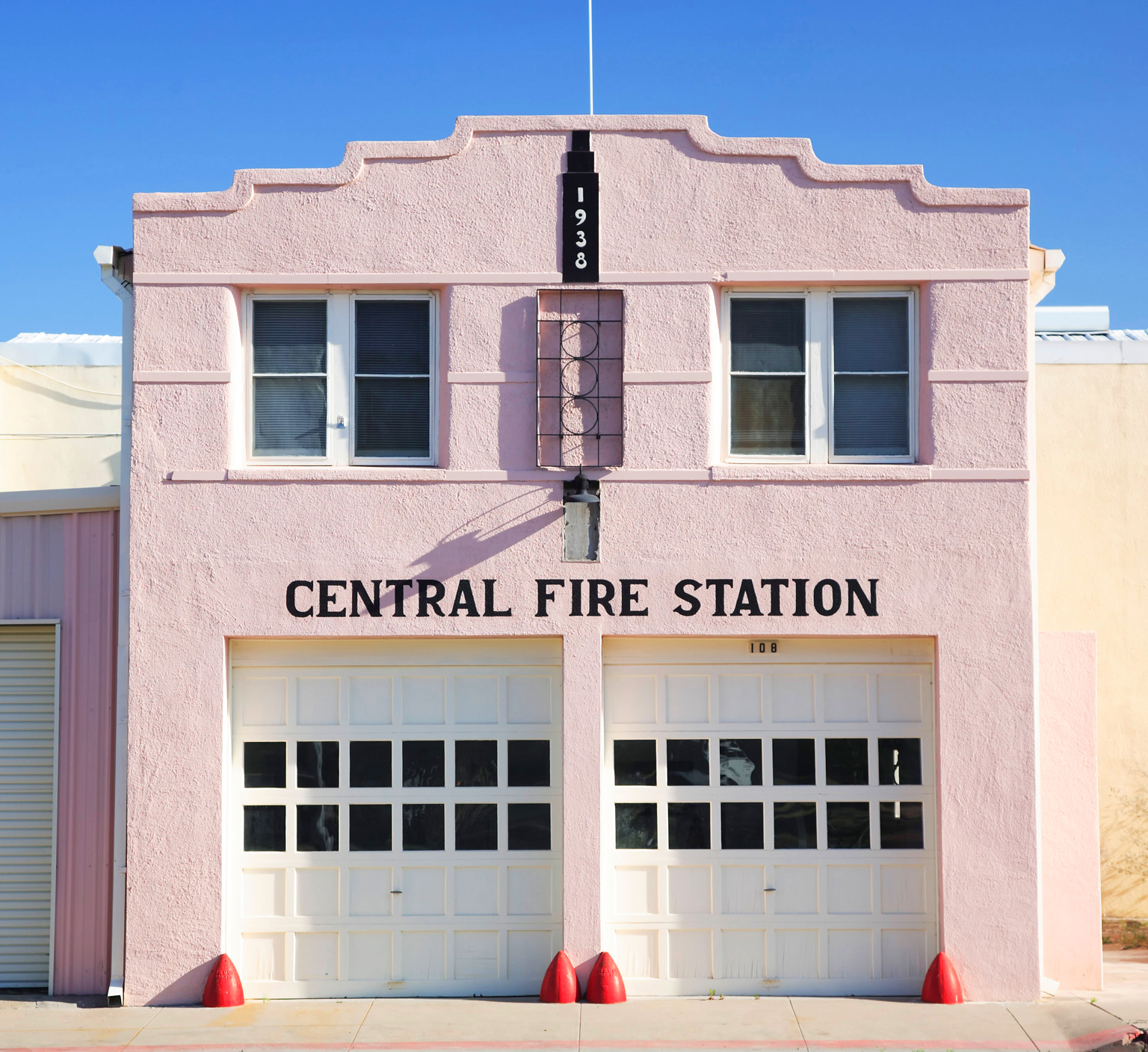
MARFA
Highlights
Tiny, historic border towns dot one of the least-visited regions of the state.
The live music capital of the US and a hotbed for Americana, outlaw country and the blues, with enough music venues to keep any visitor busy for weeks.
Spend a few hours strolling along this scenic cobblestone path lined by many of the citys best restaurants and bars.
From cattle drives in the rootin-tootin Stockyards, to world-class galleries in the Cultural District, Fort Worth is Texas best-kept secret.
An improbable minimalist arts community in the middle of the West Texas desert.
The Rio Grande rushes through astonishing canyons in this remote wilderness, crisscrossed by some of the best hiking trails in the USA.
Brief history
Early inhabitants of Texas included the Caddo in the east and nomadic Coahuiltecans further south. The Comanche , who arrived from the Rockies in the 1600s, soon found themselves at war when the Spanish ventured in looking for gold. In the 1700s, the Spanish began to build missions and forts , although these had minimal impact on the indigenous populations nomadic way of life. When Mexico won its independence from Spain in 1821, it took Texas as part of the deal. At first, the Mexicans were keen to open up their land and offered generous incentives to settlers. Stephen F. Austin established Anglo-American colonies in the Brazos and Colorado River valleys. However, the Mexican leader, Santa Anna, soon became alarmed by Anglo aspirations to autonomy, and his increasing restrictions led to the eight-month Texas Revolution of 183536.
The short-lived Republic of Texas , which included territory now in Oklahoma, Kansas, New Mexico, Colorado and Wyoming, served to define the states identity. In 1845, Texas joined the Union on the understanding that it could secede whenever it wished; this antiquated provision has resurfaced in modern-day Texas politics. The influence, especially in the north and east, of settlers from the Southern states and their attendant slave-centred cotton economy resulted in Texas joining the Confederacy during the Civil War (186065). During Reconstruction, settlers from both the North and the South began to pour in, and the phrase Gone to Texas was applied to anyone fleeing the law, bad debts or unhappy love affairs. This was also the period of the great cattle drives , when the longhorns roaming free in the south and west of Texas were rounded up and taken to the railroads in Kansas. The Texan and national fascination with the romantic myth of the cowboy has its roots in this. Today, the unofficial cowboy uniform Stetson, boots and bandana is virtually a state institution.
The twentieth century onwards
Along with ranching and agriculture, oil has been crucial. After the first big gusher in 1901, at Spindletop on the Gulf Coast, the focus of the Texas economy shifted almost overnight from agriculture toward rapid industrialization. Boom towns popped up as wildcatters chased the wells and millions of dollars were made as ranchers, who had previously thought their land only fit for cattle, sold out at vast profit. Today, Texas produces one-fifth of all the domestic oil in the United States, and the sight of nodding pump jacks is one of the states most potent images. But the states commitment to renewable energy is becoming a part of the landscape, too, as gleaming white wind turbines sprout up like mushrooms in the Panhandle-Plains region.

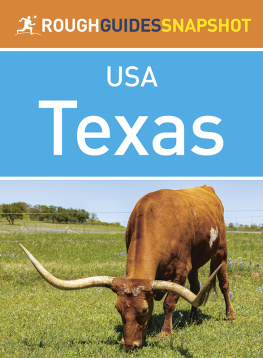

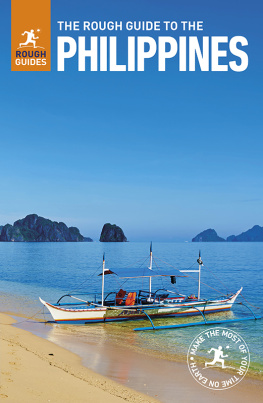
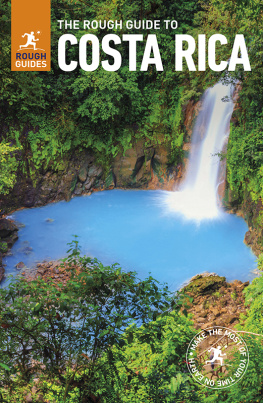
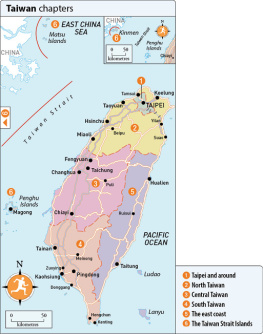

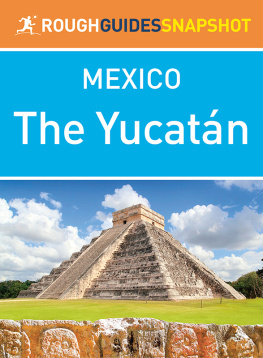

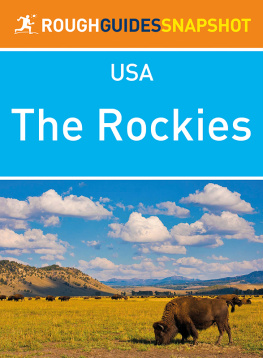
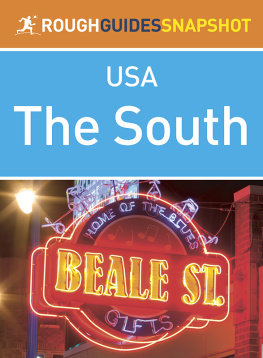
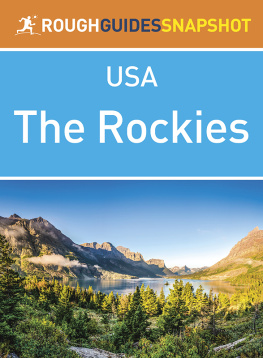
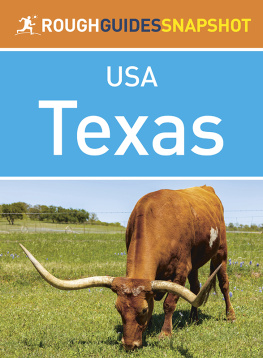
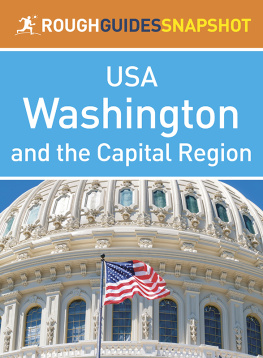
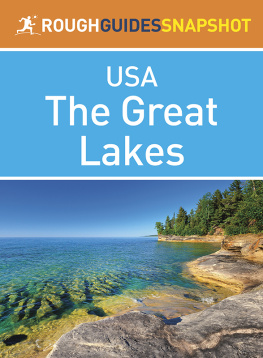
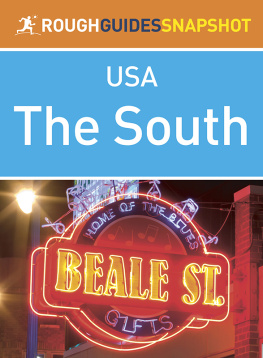
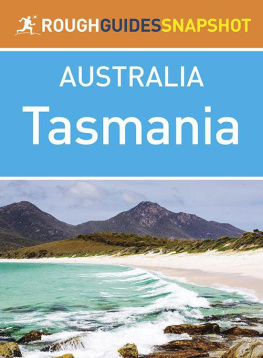

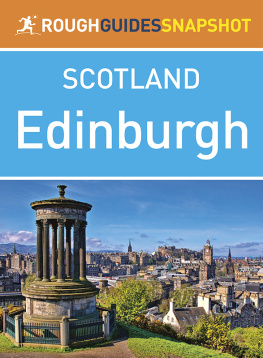

 . You can select your own favourites and create a personalized itinerary by bookmarking the sights, venues and activities that are of interest, giving you the quickest possible access to everything youll need for your time away.
. You can select your own favourites and create a personalized itinerary by bookmarking the sights, venues and activities that are of interest, giving you the quickest possible access to everything youll need for your time away.